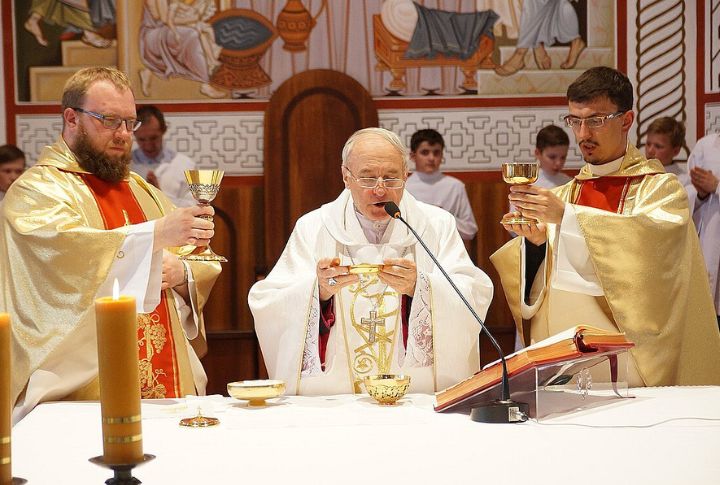
Believing in the same Bible doesn’t mean agreeing on everything. Protestants and Catholics hold firm to different ideas that shape how each group approaches faith. Some differences are easy to miss, others spark major debate. However, the line between them isn’t always obvious until you see it laid out. So, here are the 10 biggest belief gaps you should know.
Authority Of Scripture Versus Tradition
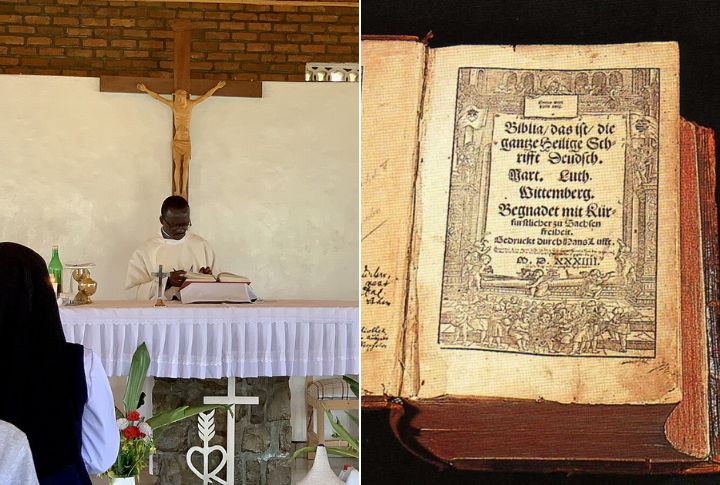
Have you ever wondered why Catholics and Protestants read the same Bible differently? Catholics rely on both Scripture and Church Tradition, like two sides of one coin. Protestants, sparked by Martin Luther’s 95 Theses, stick with “sola scriptura.” Plus, Catholic Bibles include seven Deuterocanonical books that Protestants don’t use.
Church Structure And Governance
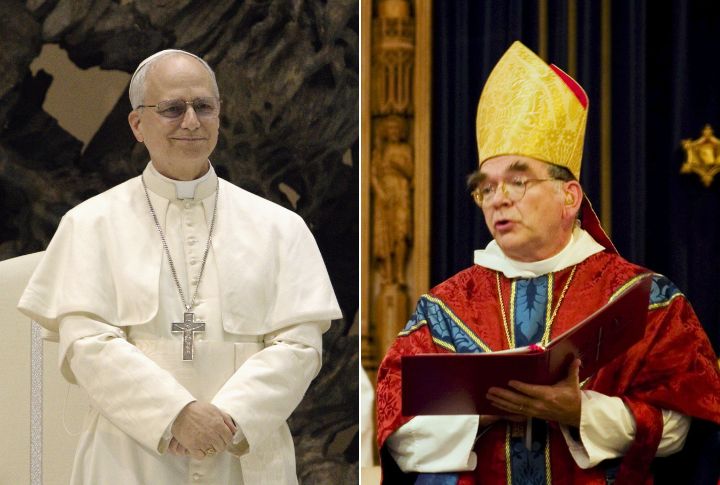
Catholicism follows a strict top-down structure, with authority flowing from the Pope to bishops and priests. Protestant governance varies widely. Some churches vote on major decisions, while others—like Anglicans—retain bishops but still reject papal authority. In short, Catholics favor hierarchy, while Protestants lean toward local or regional control.
Salvation By Faith And Works
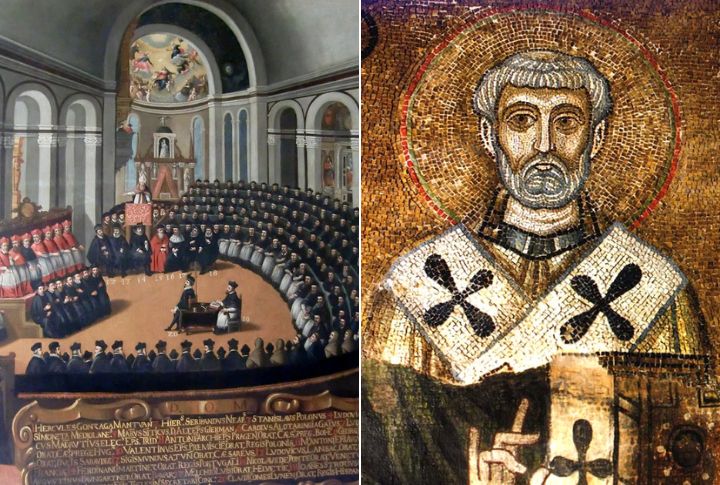
Catholicism teaches that salvation depends on both faith and good works. This view was affirmed at the Council of Trent in opposition to Protestant teaching. Meanwhile, Protestants generally follow “sola fide,” asserting that faith alone saves. Certain denominations vary slightly, allowing good works a role post-conversion, but not as part of salvation itself.
Number And Meaning Of The Sacraments
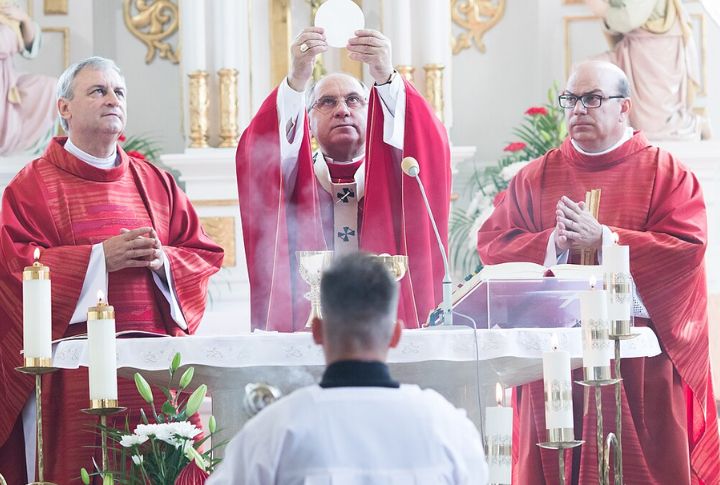
Here’s a big difference. Catholics honor seven sacraments, from baptism to marriage to last rites. Protestants usually stick to two: baptism and communion. And even that varies. For Catholics, the Eucharist is literally Christ’s body and blood. Protestants usually see it as symbolic. On a side note, did you know the word “Sacrament” comes from a Latin military oath?
Veneration Of Mary And The Saints
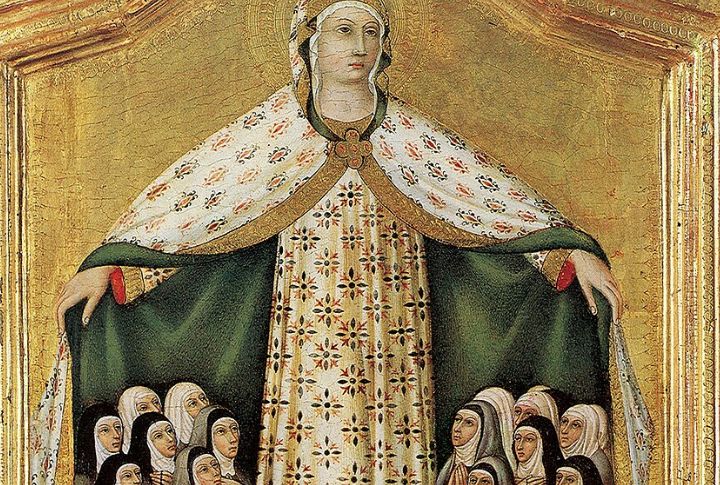
Many Catholics ask Mary and the saints to pray for them, believing these holy figures offer spiritual support. Protestants generally skip intermediaries, focusing prayer directly on God. Some still admire biblical figures without requesting help. In the early fifth century, Mary was formally recognized as the “Mother of God” by church leaders.
Clergy Celibacy Rules
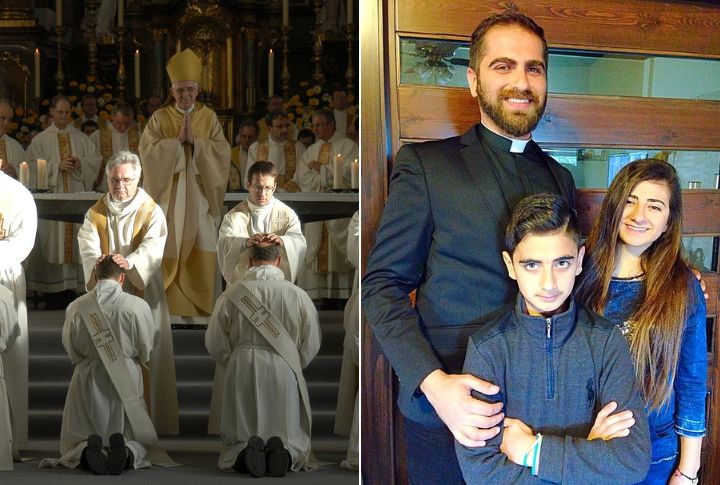
Want a quick way to spot a difference? Look at clergy marriage. Priests take a lifelong vow of celibacy — a rule firmly established in the 12th century. Protestant ministers, on the other hand, are typically allowed to marry and raise families. Eastern Catholic Churches follow a mixed practice: priests may marry, but only if the marriage takes place before ordination.
Confession And Forgiveness Practices
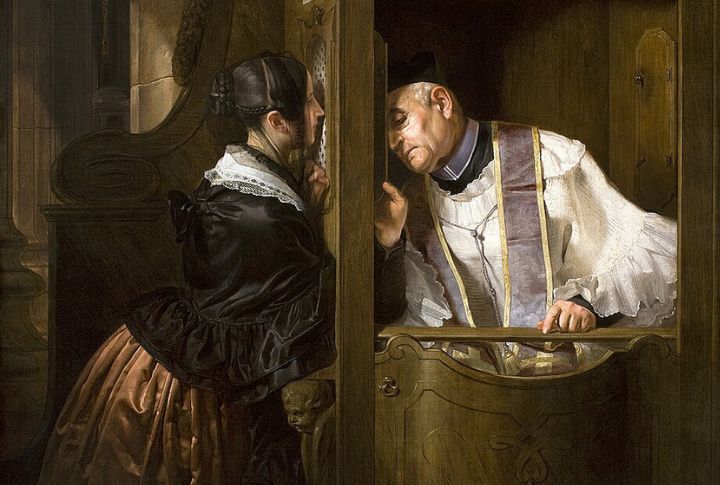
In Catholic churches, confession isn’t just a chat; it’s a sacrament. Sins are confessed to a priest, who gives absolution. That formal practice dates back to the 4th century. Protestants take a more direct route. Most confess straight to God. Still, some denominations use personal or group confession for better reflection and supportive healing.
Use Of Images And Icons
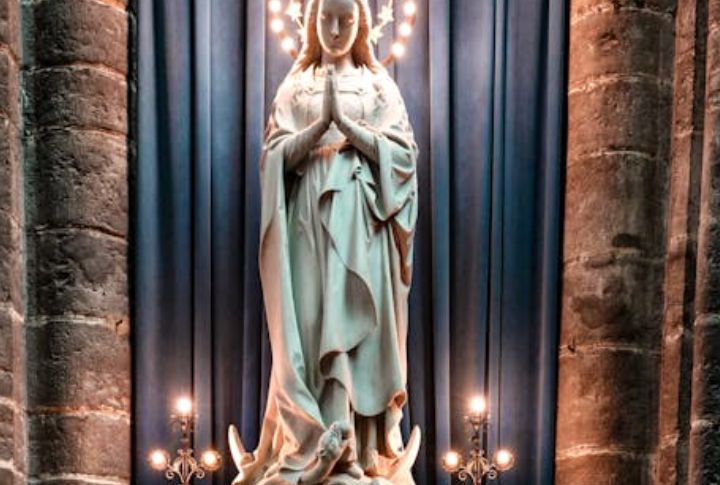
Step into a Catholic church and you’ll see statues and icons meant to stir devotion. Eastern Orthodox traditions do something similar with their iconic artwork. Protestants? Many avoid religious images altogether, pointing to biblical warnings. During the Reformation, that belief led some regions to strip churches of all artwork, sparking waves of icon-smashing called iconoclasm.
Belief In Purgatory
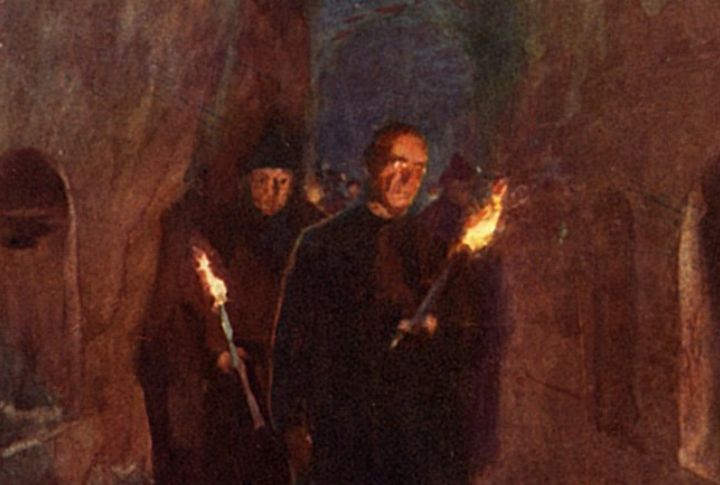
Catholics believe purgatory is a temporary state where souls are purified before entering heaven. It became official doctrine in the Middle Ages and grew controversial when indulgences (payments said to reduce time there) spread across Europe. Protestants rejected both ideas, insisting that souls go straight to heaven or hell after death. That divide became a major spark for the Reformation.
Role Of Tradition In Belief

Early Church Fathers helped shape Sacred Tradition, which Catholics hold alongside Scripture for teaching. Protestants take a different view. They see the Bible as the only source of authority. This key divide played a major role in the Protestant Reformation. It pushed back against what reformers considered misuse of tradition in the Church.

